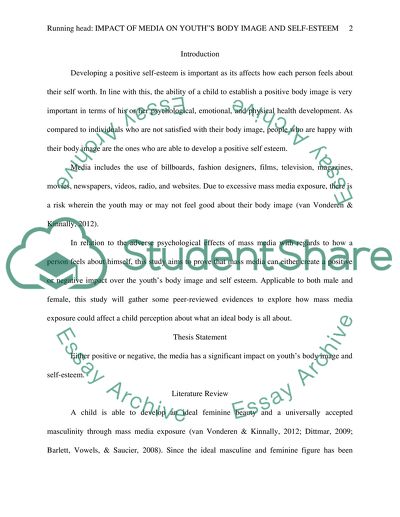Cite this document
(“How does the Media Impact Youth's Body Image and Self Esteem Research Paper”, n.d.)
Retrieved from https://studentshare.org/english/1455032-how-does-the-media-impact-youth-s-body-image-and
Retrieved from https://studentshare.org/english/1455032-how-does-the-media-impact-youth-s-body-image-and
(How Does the Media Impact Youth'S Body Image and Self Esteem Research Paper)
https://studentshare.org/english/1455032-how-does-the-media-impact-youth-s-body-image-and.
https://studentshare.org/english/1455032-how-does-the-media-impact-youth-s-body-image-and.
“How Does the Media Impact Youth'S Body Image and Self Esteem Research Paper”, n.d. https://studentshare.org/english/1455032-how-does-the-media-impact-youth-s-body-image-and.


